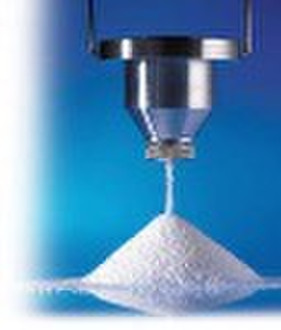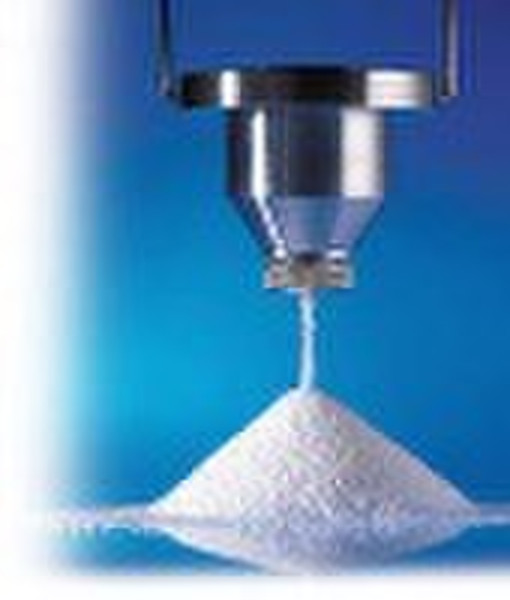Catalog
-
Catalog
- Agriculture
- Apparel
- Automobiles & Motorcycles
- Beauty & Personal Care
- Business Services
- Chemicals
- Construction & Real Estate
- Consumer Electronics
- Electrical Equipment & Supplies
- Electronic Components & Supplies
- Energy
- Environment
- Excess Inventory
- Fashion Accessories
- Food & Beverage
- Furniture
- Gifts & Crafts
- Hardware
- Health & Medical
- Home & Garden
- Home Appliances
- Lights & Lighting
- Luggage, Bags & Cases
- Machinery, Hardware & Tools
- Measurement & Analysis Instruments
- Mechanical Parts & Fabrication Services
- Minerals & Metallurgy
- Office & School Supplies
- Packaging & Printing
- Rubber & Plastics
- Security & Protection
- Service Equipment
- Shoes & Accessories
- Sports & Entertainment
- Telecommunications
- Textiles & Leather Products
- Timepieces, Jewelry, Eyewear
- Tools
- Toys & Hobbies
- Transportation
Filters
Search
Capsaicin
original price: 1,00 USD
China

Ben Wang
Contact person
Basic Information
| Packaging | Drum |
|---|---|
| Place of Origin | Shaanxi China (Mainland) |
| Grade | 100 |
| Brand Name | sciphar |
| Model Number | USP |
| Type | Other |
| Form | Powder |
| Part | Seed |
| Extraction Type | Other |
Capsaicin CAS #: Molecular formula: Molecular weight: Purity: 404-86-4 C18H27NO3 305.41 99% Capsaicin is a natural compound with pharmacological and toxicological effects, which given its hydrophobicity, can influence the structure of membranes. The interaction of capsaicin with model membranes of dipalmitoylphosphatidylcholine and dielaidoylphosphatidylethanolamine has been studied by using differential scanning calorimetry, fluorescent probe spectroscopy and 31P-nuclear magnetic resonance. Capsaicin remarkably affects the phase transition of dipalmitoylphosphatidylcholine, shifting the transition temperature to lower values, and giving rise, at relatively high capsaicin concentrations, to the appearance of two peaks in the thermogram. These peaks may correspond to separated phases as indicated by the partial phase diagram. Whereas capsaicin did not affect the fluorescence polarization of the probes diphenylhexatriene and trimethylammonium-diphenylhexatriene, it clearly affected that of the probe 2-anthroyloxystearic acid, indicating that the perturbation produced by capsaicin on the membrane would be mainly at the position where this fluorophore is located. On the other hand, capsaicin, at relatively low concentrations, gives rise to immiscible phases in the presence of dielaidoylphosphatidylethanolamine and decrease the temperature of the lamellar to hexagonal HII phase transition. At concentrations of capsaicin higher than 0.3 mol fraction, isotropic phases were detected. The possible implications of the effects of capsaicin on biological membranes are discussed.
Delivery terms and packaging
Packaging Detail: Vacuum foil package Delivery Detail: Two days after payment
Port: shanghai
Payment term
Telegraphic transfer
Western Union
-
Payment Methods
We accept:









